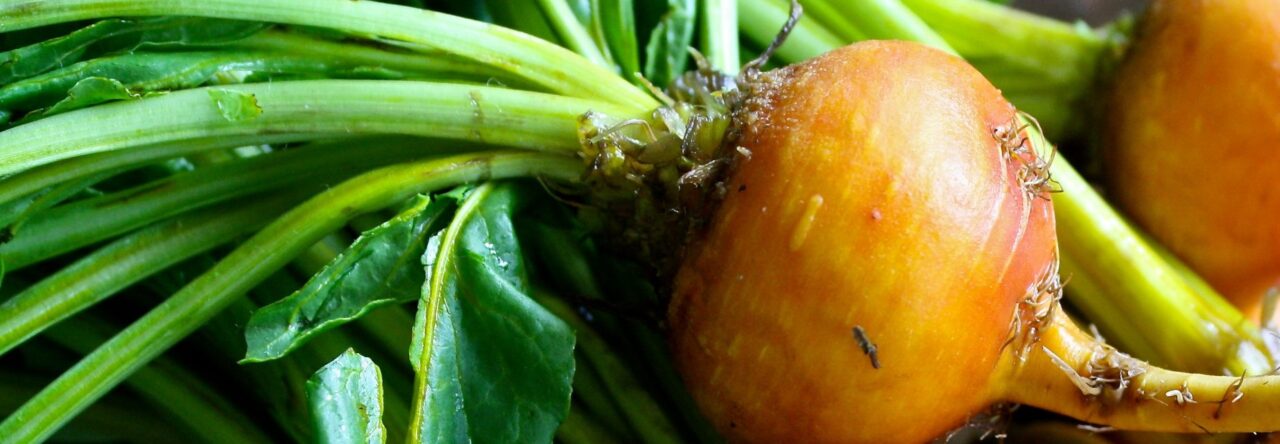
Interest in natural substances to prevent and cure disease has increased substantially.
According to the World Health Organization, it is estimated that 88% of people worldwide use natural substances to support their health. The Center for Disease Control and Prevention’s 2012 National Health Interview Survey indicated natural products (non-vitamin/mineral) were the most common traditional medicine health approach among US adults.
Cells in the human body which use oxygen (all of them!) have the problem of producing highly reactive molecules. Highly reactive molecules are a natural result of cellular metabolism. Highly reactive molecules are sometimes referred to as reactive oxygen species (ROS) or free radicals or pro-oxidants; all collectively cause oxidative stress. The cells protect themselves by producing antioxidants. Our antioxidant system can be overwhelmed by too much oxidative stress brought on by abnormal conditions such as obesity, smoking, exposure to ozone and radiation, and/or ingestion of toxic heavy metals such as mercury and lead.
Oxidative stress is theorized to contribute to cancer, neurological disorders, atherosclerosis, hypertension, ischemia/perfusion, diabetes, acute respiratory distress syndrome, idiopathic pulmonary fibrosis, chronic obstructive pulmonary disease, and asthma. Oxidative stress is proposed as the root cause of aging, so a lot of research is being done to discover ways to reduce it. Antioxidant therapy may be key. Research has not demonstrated any medicinal benefit of taking dietary antioxidant supplements and in fact, the opposite may be true. High doses of beta-carotene supplements were linked to an increased risk of lung cancer in smokers and high doses of vitamin E supplements increased risks of hemorrhagic stroke and prostate cancer. However, there is quite a lot of research showing the benefit of consuming plant foods. Lifestyle which includes healthy eating patterns have shown that those who ate more vegetables and fruits had lower risks of several diseases, including cardiovascular disease, stroke, and cancer.
A lab test called oxygen radical absorbance capacity or ORAC created by scientists at USDA’s Agricultural Research Service analyzed foods for total antioxidant power and other chemical substances. Researchers found consumption of high ORAC food increased antioxidant activity by 25% in human subjects. The FRAP assay, another type of antioxidant measuring tool, analyzed 425 herbs and spices (along with other foods). Spices and herbs had some of the highest antioxidant values, particularly dried herbs. One caveat is high values do not equate to health benefits. The fact that plant intake is associated with better health outcomes does not prove causation. The authors of the study suggest herbs and spices are important contributors to antioxidant intake particularly among cultures who use them regularly. A review of the literature on the impact of antioxidants from herbs/spices on human health concluded strong evidence exists that herb and spice consumption can suppress the effect of carcinogenic substances from food (e.g. acrylamide) and the atmosphere (e.g. motor exhaust); this has particular importance for people who work around toxic chemicals and live in urban environments which tend to have more air pollution.
Next: Which herbs and spices?

Leave a Reply